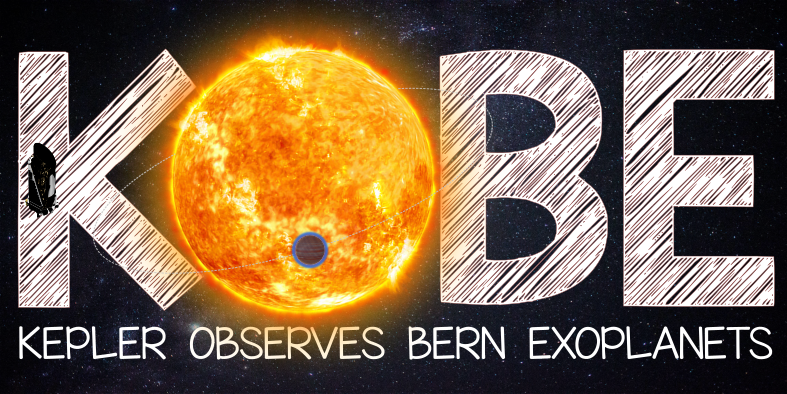Keywords: Planetary systems – Planets and satellites: detection – Planets and satellites: formation and evolution – Planets and satellites: characterization
About
Multi-planetary systems are often found bearing striking resemblance to the solar system, exhibiting features like quasi-circular and quasi-coplanar orbits. The eccentricities and mutual inclinations generally decrease with the observed multiplicity of a planetary system, and several observed single-planetary systems are found to lie on highly eccentric orbits. It is yet unclear if there exists a smooth correlation between the eccentricity and multiplicity, and the inclination and multiplicity. In this work, the existence of these correlations is investigated by studying the orbital architectures of theoretically simulated planetary systems and comparing them with observations. An architecture classification framework is applied to the theoretically simulated and theoretically observed planetary systems to enable further systematic studies of the arrangement and distribution of planetary quantities like the eccentricity and inclination, within a single planetary system

Methods
KOBE, a computer code introduced in Mishra et al. (2021), was further developed to enable the study of transit duration statistics. The code was modified in several ways to mimic observational surveys with increased accuracy. The assumption of circular orbits was removed, better approximations for the transit durations, number of transits and the transit signal were introduced, the Kepler pipeline detection efficiency was simulated and the duty cycle was added to the calculations. The updated KOBE was then used to simulate the geometrical limitations of the transit method and apply the detection biases and completeness of the Kepler survey. Synthetic planetary systems were simulated using the Generation III Bern Model. This allowed simulated planetary systems to be compared with observations to gain insights on the eccentricities and inclinations in planetary systems. The simulated and theoretically observed populations are classified based on their mass architectures and their orbital architectures are studied.
Results & Conclusions
Synthetic planetary systems observed via the updated version of KOBE show a significantly better resemblance to the transit duration distributions of the Kepler observations, in comparison to the transit duration distributions obtained with the old version (keep in mind when using KOBE your studies!). Kepler observations seem to have an excess in the number of high eccentricity planets than synthetic planets observed via KOBE. The architecture of synthetic planetary systems, observed via KOBE, unveils the presence of anti-correlations between the eccentricity and multiplicity, and the inclination and multiplicity. There are notable differences in the eccentricity distributions of different architecture types. The development of KOBE done in this thesis opened avenues for exploring the orbital architectures of planetary systems, which revealed the presence of correlations. The physical processes involved in planet evolution are likely responsible for the emergence of anti-correlations between the inclination and multiplicity. The general trend of low mutual inclinations at high multiplicities supports the idea that dynamical constraints may contribute to gentler evolution in multi-planet systems. The origin of the anti-correlation between eccentricity and multiplicity remains an open question, and we are continuing to probe it with our architecture classficiation framework to understand how the disribution of mass might influence the eccentricities and mutual inclinations of planets in a system. Both of these correlations indicate that a continuum of architectures is a more suitable explanation rather than a dichotomy (read about the Kepler dichotomy here or here). The eccentricity distribution of ordered systems is broader than the eccentricity distributions of similar, mixed and anti-ordered systems (understand this classification using the diagram on the right). Several of these high-eccentricity systems are not detected by KOBE, majorly due to the long periods of these planets. This indicates that there is a potential bias in the number of low-eccentricity planets observed, caused due to longer periods of planets in eccentric orbits which go undetected by the transit method in Kepler's observational timeline. This potential bias reiterates the significance of using other detection methods like RV for probing orbital architectures of planetary systems.
More interesting work in progress - on understanding the existence of correlations with different architecture types. Come back here soon to check it out! (suitably around January 2023)